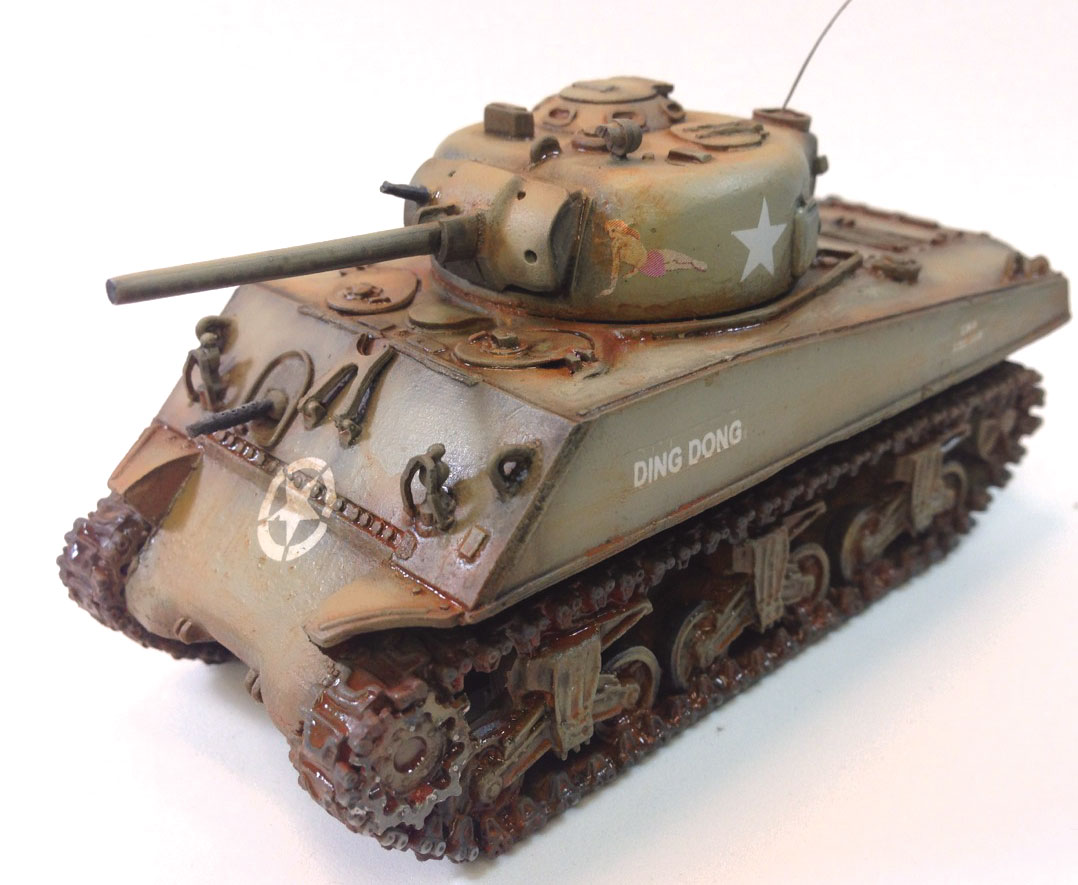
I shrug off their attacks and return fire, wiping them off the map. Turn three they finally advance and fire, but two tiny armoured cars are no match for an equal number of Shermans. They’re sitting ducks so I smoke another. On turn two they do nothing again, which strikes me as odd behaviour for targets outranged by their opponent. The first armoured car is a smoking wreck. I’m out of the enemy range at first, but when it’s my turn to act I can move and then shoot. Here, to my surprise, it works to my advantage. In my previous Leader game, Phantom Leader, this was a moment of terror as you’d wait to see if they survived the incoming missile salvos. If you do, the defender gets a dice against a defence value modified for cover to see if they survive.Īlmost all initial leader cards are rated “slow” for initiative, meaning they act after the enemy.

You modify for range, movement and commander skill and see if you hit. You roll to see what the opposing chits do each turn and mine do nothing on the first turn.Ĭombat involves rolling two dice against a to-hit value for the shooting unit, either armour piercing against hard targets or high explosive against soft. You make up a board from a random deal of hexes and the starting position of the enemy is likewise random. I draw an event card, which has a “before” and “after combat section: it’s Poor Training which is bad news if my units get hit. So I send a couple of Shermans against it, saving the rest of my troops to make a second attack this week. It only has four armoured cars, which looks like an easy task. My first attack is on a Fast Scout Force battalion. This being the shortest kind of campaign, it’s only three weeks long. Defeating them earns victory points, which you compared to a scale to see how well you did. Each week you choose to take on one or more targets from a deck of enemy battalions that get dealt out during setup. This is my second mistake.Ĭampaigns in Sherman Leader consist of a number of weeks. Then I spend most of the rest of my points on trucks and scouts. Bored, I grab the first suitable looking ones I come to. I have to pick one for each, shuffling through a huge deck of leader cards of varied skills, specialities and experiences. The clue is in the name: like other games in the Leader series, Sherman Leader places an emphasis on the officers who lead your forces. Then, presuming combined arms are going to be useful, I grab an anti-tank gun, a scout car and three platoons of infantry and we’re away.Įxcept we’re not.

This being Sherman Leader, I spend most of my allowance on three Shermans. Next up, I have points to spend to pick a force. That turns out to be a Cut-Off mission in the desert warfare of 1942 North Africa. So I dive in head-first, flipping out the mounted board and picking the quickest campaign options. "Patience is a virtue”, runs the old adage, but it’s in short supply when it comes to solo games.


 0 kommentar(er)
0 kommentar(er)
